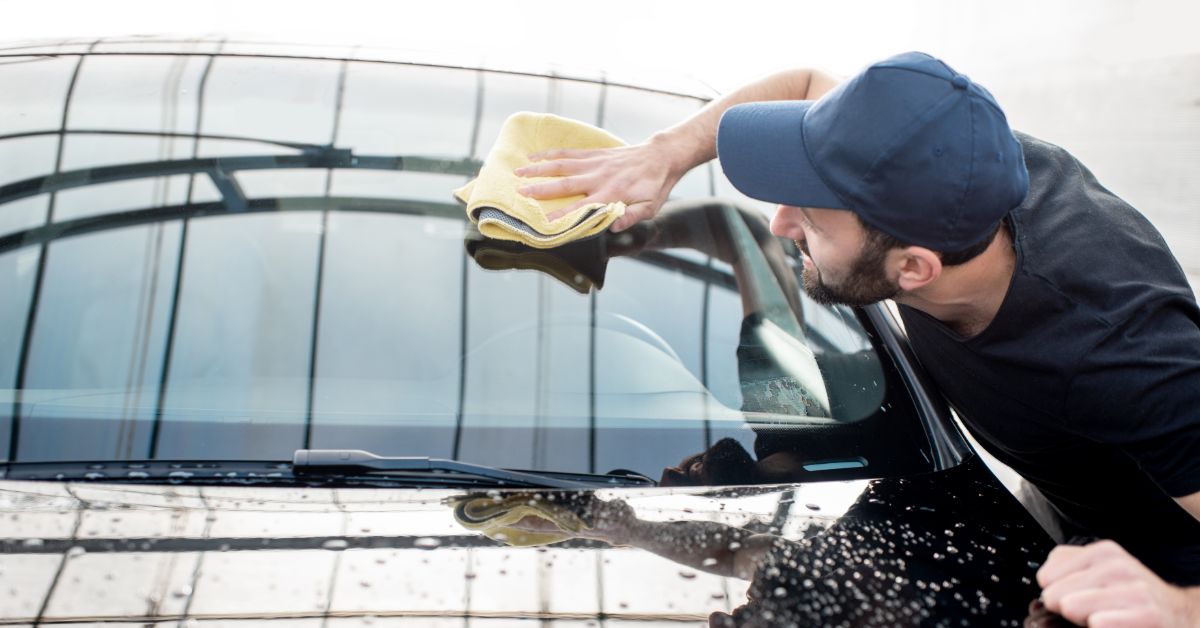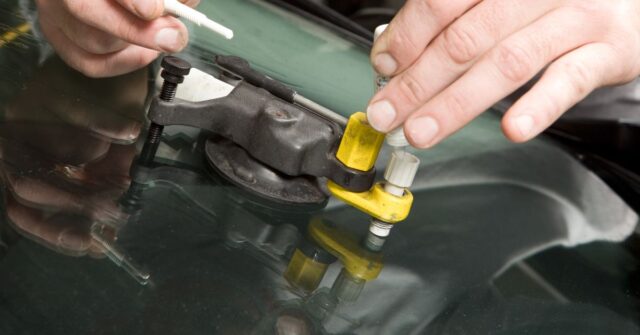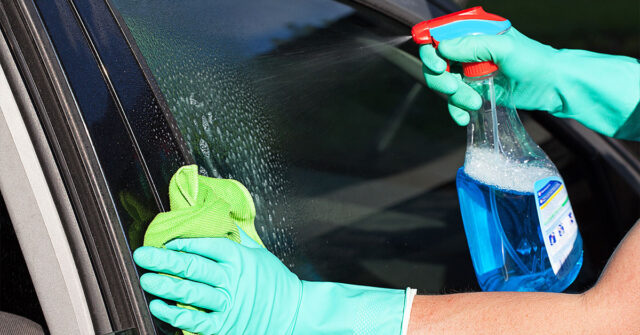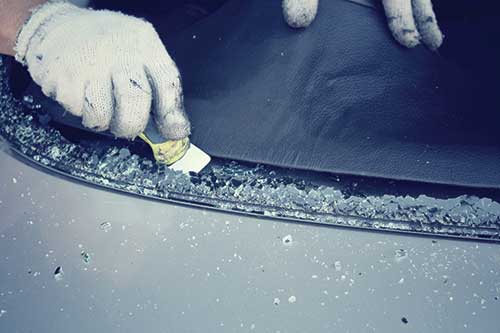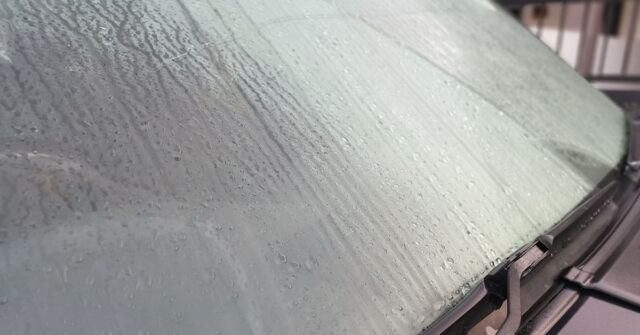Driving in Australia presents a unique set of challenges and adventures, from bustling city streets to rugged outback roads.
An essential component of your vehicle that often gets overlooked in these journeys is the windscreen. A damaged windscreen not only compromises your safety but can also lead to costly repairs.
This comprehensive guide is dedicated to helping Australian drivers understand and implement preventive measures to avoid windscreen damage, ensuring a safer and more enjoyable driving experience.
Introduction to Windscreen Care in Australia
Australia’s diverse climate and road conditions make windscreen care an essential part of vehicle maintenance.
From the scorching sun of the Northern Territory to the unpredictable weather of Sydney, your vehicle’s windscreen is constantly exposed to elements that can cause damage.
Understanding the importance of windscreen maintenance and the common causes of damage is the first step toward effective prevention.
The Importance of Windscreen Maintenance
Keeping your windscreen in pristine condition is crucial for maintaining visibility and safety while driving.
A clear and undamaged windscreen is essential for effectively navigating Australia’s roads, protecting drivers from the elements, and ensuring the structural integrity of the vehicle.
Regular maintenance can help identify potential issues before they escalate into serious problems.
Overview of Common Causes of Windscreen Damage in Australia
In Australia, windscreen damage can occur from a variety of sources. Road debris, such as stones and gravel, can cause chips and cracks when propelled by vehicles on highways and rural roads.
Severe weather conditions, including hailstorms and extreme temperatures, can also weaken the glass and lead to damage.
Furthermore, accidents and vandalism are unfortunate realities that can result in windscreen damage.
Understanding Windscreen Damage
Windscreen damage can range from minor chips that are barely noticeable to large cracks that can compromise the vehicle’s safety.
Understanding the different types of damage and their potential impact on your vehicle is essential for determining the appropriate course of action.
Types of Windscreen Damage
Windscreen damage can be classified into several types, including chips, cracks, and bull’s-eyes.
- Chips are small damages that occur when debris impacts the glass.
- Cracks can range from a few centimeters to spanning the length of the windscreen, often resulting from untreated chips or temperature fluctuations.
- Bull’s-eyes are circular cracks caused by the impact of a rounded object.
How Damages Can Compromise Safety
Damaged windscreens can significantly compromise the safety of the vehicle by impairing the driver’s visibility and the windscreen’s structural integrity.
In the event of a collision, a damaged windscreen may not provide the necessary support to the vehicle’s roof, increasing the risk of injury to the occupants.
It’s crucial to address any damage promptly to maintain safety standards.
The Cost Implications of Neglect
Neglecting windscreen damage can lead to higher repair costs down the line. Minor chips and cracks can easily develop into larger, more dangerous cracks that require complete windscreen replacement.
Additionally, driving with a damaged windscreen can result in fines and penalties under Australian road safety regulations, further adding to the cost.
Preventive Strategies for Windscreen Protection
There are several effective strategies that drivers can employ to protect their windscreens from damage.
Implementing these measures can significantly reduce the risk of cracks and other windscreen damage to help maintain the vehicle’s safety and integrity.
Maintaining Safe Driving Distances
One of the simplest ways to avoid windscreen damage is by maintaining a safe distance from the vehicle in front of you, especially on highways and gravel roads.
This reduces the risk of road debris being kicked up and hitting your windscreen. A good rule of thumb is to leave at least a three-second gap between you and the vehicle ahead.
Choosing the Right Parking Spots
When parking, try to avoid areas under trees or near construction sites, as falling branches, debris, or tools can cause windscreen damage.
Seeking shaded areas can also protect your windscreen from the extreme temperatures that can weaken the glass over time.
Dealing with Extreme Weather Conditions
In regions prone to severe weather, such as hail or extreme heat, taking preventive measures can save your windscreen.
Using protective covers or parking undercover during hailstorms can prevent impact damage while avoiding direct sunlight where possible can minimize the risk of temperature-related stress cracks.
Regular Maintenance and Inspections
Regularly cleaning your windscreen and conducting inspections can help identify and address minor damages before they become significant problems.
It’s also important to ensure your windscreen wipers are in good condition to prevent scratches that can weaken the glass.
Advanced Protective Measures
Beyond basic preventive strategies, there are advanced measures that can offer additional protection to your windscreen.
These include treatments, coatings, and accessories designed to strengthen the glass and shield it from potential damage.
Windscreen Treatments and Coatings
Applying a protective coating or treatment can enhance your windscreen’s resistance to chips and cracks.
These products can also improve visibility during rain by repelling water and reducing glare, further contributing to driving safety.
Using Windscreen Covers and Sunshades
Windscreen covers and sunshades are effective tools for protecting your windscreen from elements like hail, debris, and direct sunlight.
They are particularly useful when parking outdoors for extended periods, helping to mitigate temperature fluctuations and physical impacts.
Investing in High-Quality Windscreen Wipers
High-quality windscreen wipers are essential for maintaining clear visibility and preventing scratches on the glass.
Ensure that your wipers are always in good condition, replacing them regularly to avoid damage from worn blades.
The Role of Windscreen Sealants
Windscreen sealants can provide an additional layer of protection by sealing minor cracks and chips, preventing them from spreading.
While not a substitute for professional repairs, sealants can be a temporary solution for mitigating damage progression.
What to Do When Damage Occurs
Despite taking preventive measures, windscreen damage can still occur. Knowing how to assess the damage and the best course of action for repairs is crucial for maintaining your vehicle’s safety.
Assessing Windscreen Damage
If you notice a chip or crack, assess its size and location to determine the urgency of the repair.
Damage in the driver’s line of sight or larger than a coin usually requires immediate attention to ensure safe driving conditions.
DIY Repair Kits vs. Professional Repairs
DIY repair kits can be a temporary solution for minor chips and cracks.
However, for larger or more complex damage, professional repairs are necessary to restore the windscreen’s structural integrity and safety.
Always consult with a professional to determine the best course of action.
Choosing the Right Service for Windscreen Replacement
If a replacement is needed, choosing the right service is essential. Look for reputable automotive glass companies with experience in handling the specific make and model of your vehicle.
Ensure they use high-quality materials and offer a warranty on their work.
Navigating Insurance for Windscreen Damage in Australia
Insurance can play a crucial role in managing the costs associated with windscreen repair and replacement.
Understanding your coverage and how to file a claim can alleviate financial stress and ensure a smooth repair process.
Understanding Your Coverage Options
Review your car insurance policy to understand what windscreen coverage is included.
Some policies offer specific windscreen protection with minimal or no excess, while others may require a standard claim.
Knowing your coverage can help you make informed decisions about repairs and replacements.
Tips for Filing a Claim
When filing a claim for windscreen damage, provide detailed information and photos of the damage if possible.
Be sure to follow your insurer’s process for claims and repairs, as some may require you to use approved repairers to maintain coverage.
Preventive Measures and Insurance Premiums
Implementing preventive measures can also have a positive impact on your insurance premiums.
Demonstrating a commitment to vehicle maintenance and safety can reduce the likelihood of claims, potentially leading to lower premiums over time.
Conclusion: Prioritizing Windscreen Health
Maintaining the health of your windscreen is an essential aspect of vehicle safety and maintenance.
By understanding the common causes of damage, implementing preventive measures, and knowing how to respond when damage occurs, you can ensure that your vehicle remains safe and secure on Australia’s roads.
Remember, a small effort in prevention can save significant costs and hassle in the long run.
Summary of Preventive Tips
To protect your windscreen, maintain safe driving distances, choose safe parking locations, deal with extreme weather wisely, conduct regular maintenance, and consider advanced protective measures.
These simple steps can significantly reduce the risk of windscreen damage and contribute to a safer driving experience.
The Long-Term Benefits of Windscreen Care
Prioritizing windscreen care not only enhances your safety but also preserves the value and integrity of your vehicle.
Regular maintenance and timely repairs can prevent minor issues from becoming major problems, ensuring your vehicle remains reliable and ready for the road ahead.
Embrace these preventive measures and enjoy the confidence of driving with a clear and undamaged windscreen.
